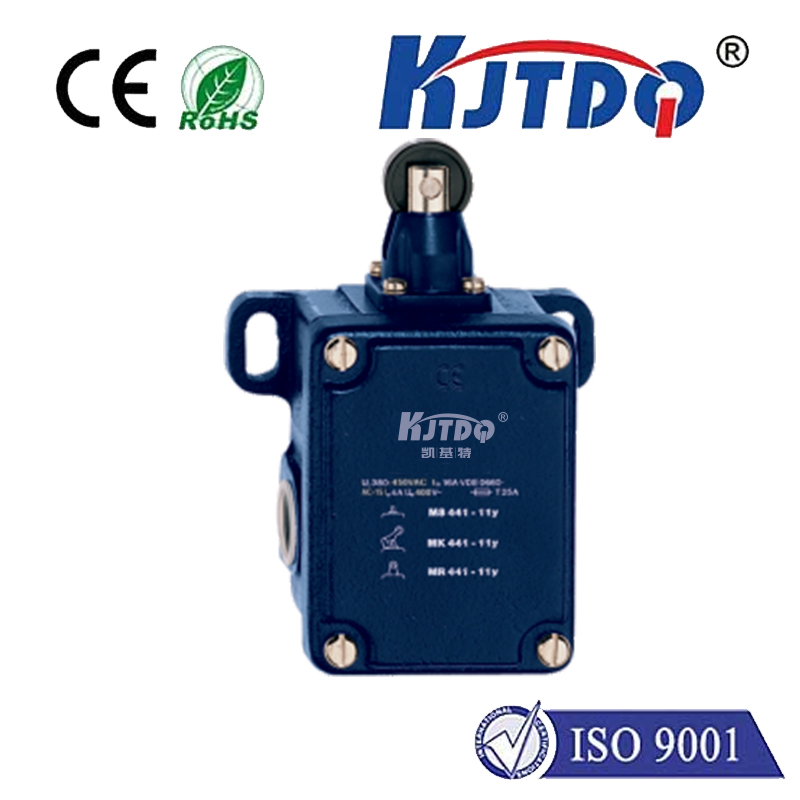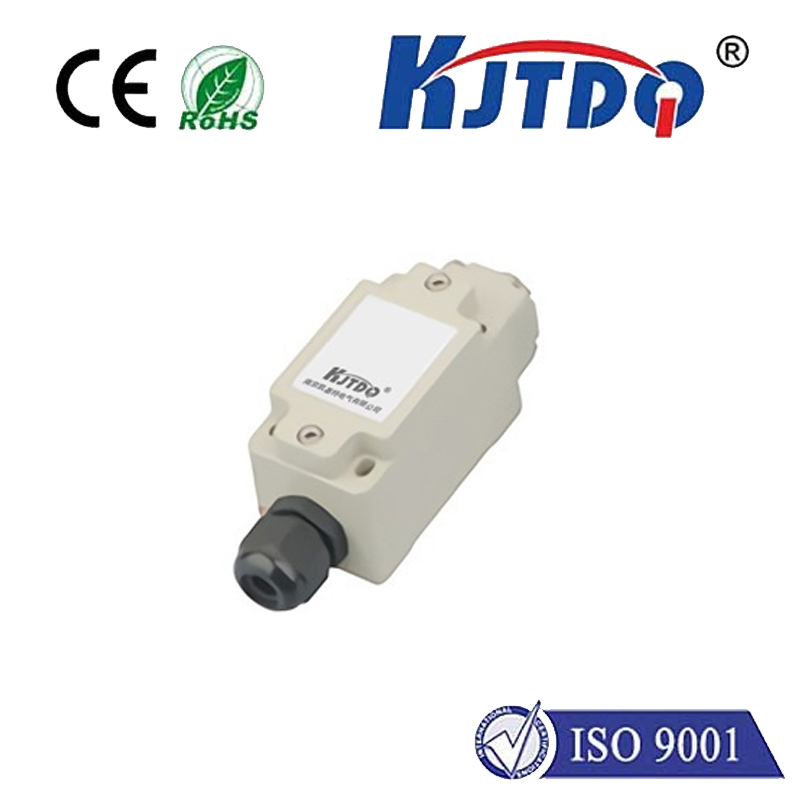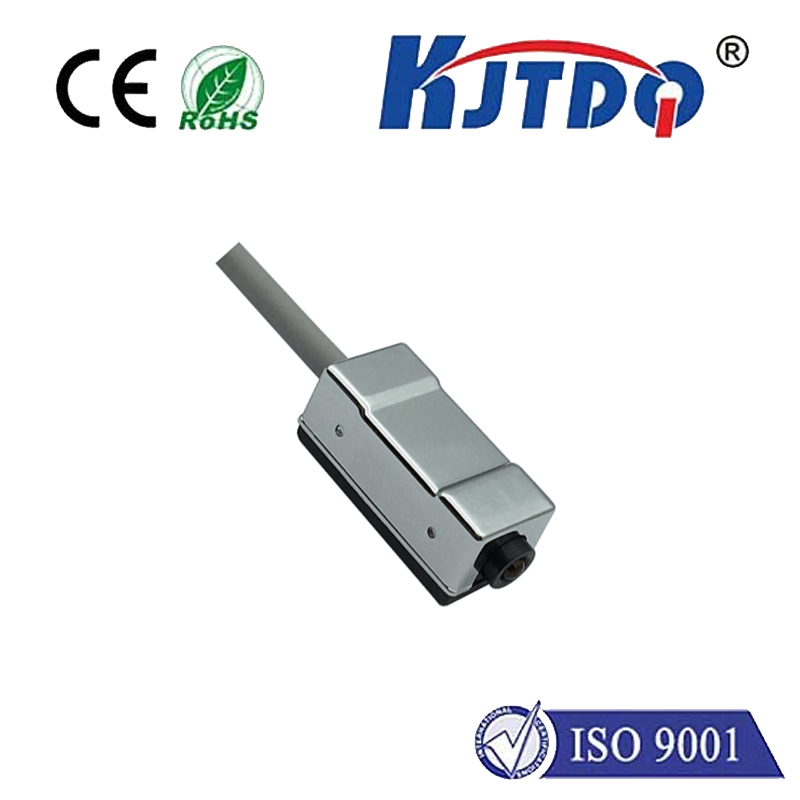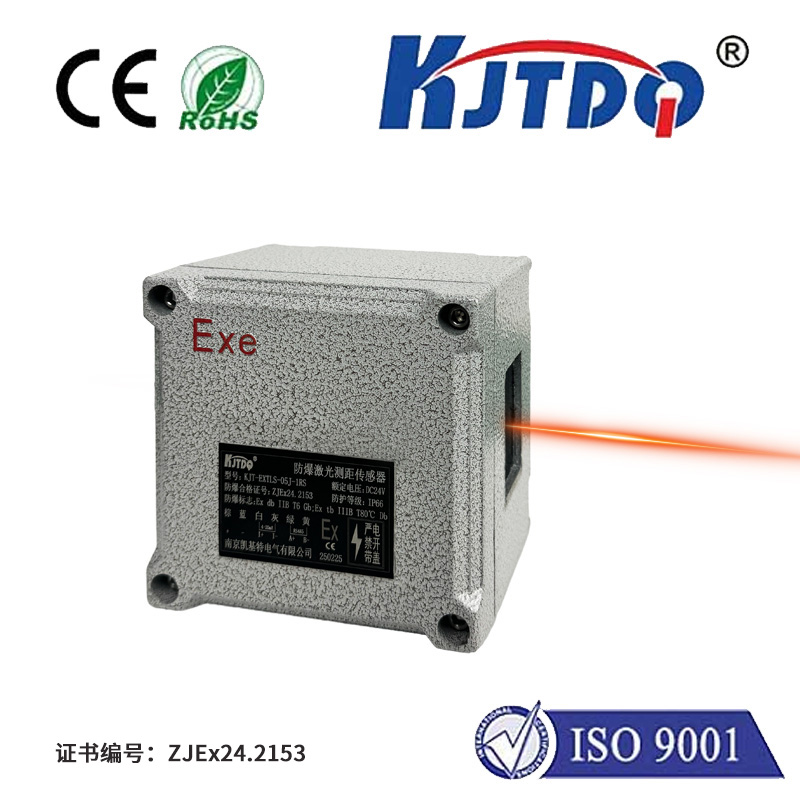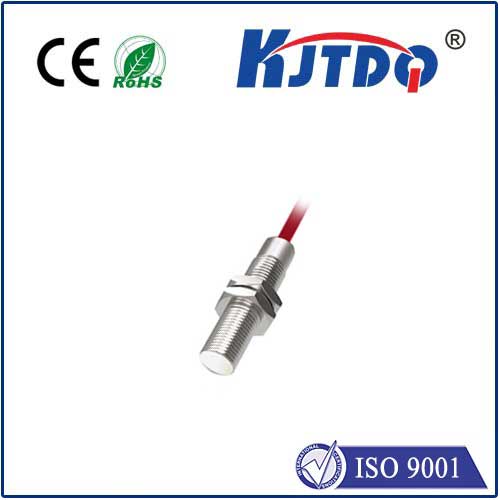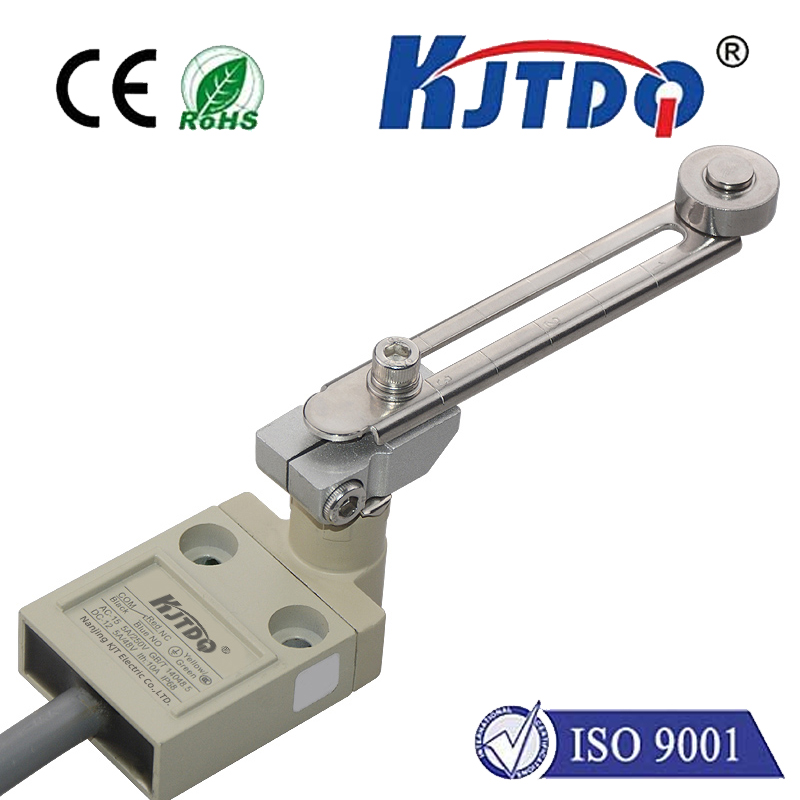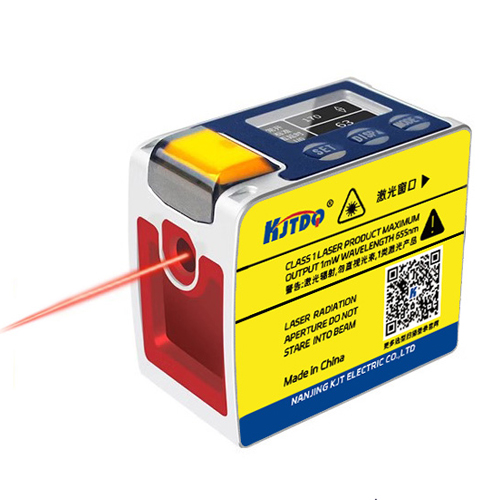high temp switch
- time:2025-07-31 04:37:25
- Click:0
The Critical Role of High Temperature Switches in Equipment Safety
Imagine an industrial motor quietly humming, the heart of a critical production line. Suddenly, an internal fault causes its temperature to skyrocket. Without intervention, catastrophic failure – melted windings, damaged bearings, even fire – is imminent. This scenario underscores the indispensable role of the high temp switch, a silent guardian against thermal runaway. More than just a simple component, these specialized thermal cutoff devices are fundamental safety mechanisms engineered to protect valuable equipment and prevent hazardous situations. Understanding their function, types, and selection criteria is paramount for engineers and system designers prioritizing reliability and safety.
At its core, a high temperature switch is an electromechanical device engineered to detect excessive heat within equipment or an environment and automatically interrupt an electrical circuit. This crucial break in power flow acts as a critical defense mechanism, stopping the operation of the overheated device and preventing further temperature escalation that could lead to permanent damage or fire. While conceptually simple – a component reacting to heat by opening a circuit – the engineering behind reliable, precise thermal protection is sophisticated. These thermal cutoff switches are strategically placed in zones most prone to dangerous heat buildup, such as motor windings, power transformers, battery packs, heating elements in appliances, and high-power electronics enclosures.

The core mechanism relies on a thermally responsive element that physically changes state when exposed to its calibrated activation temperature. The choice of this element defines two primary categories of high temp switches, each with distinct advantages:
- Bimetal Disc Switches: Employ a small disc composed of two bonded metals with different thermal expansion rates. As temperature rises, the metals expand unevenly, causing the disc to rapidly snap from a convex to a concave shape. This mechanical snap action either opens or closes electrical contacts (commonly SPST - Single Pole, Single Throw). Key characteristics are their automatic reset capability – they revert to their original state once cooled below the trip point – and their ability to handle relatively high electrical currents. They find prevalent use in motors, compressors, power supplies, and transformers.
- Thermal Fuses (Thermal Cutoffs - TCOs): Utilize a small pellet of precisely formulated fusible alloy. When the surrounding temperature reaches the specific high temperature rating, this pellet melts. This melting action releases a spring mechanism that permanently forces electrical contacts apart, creating an open circuit. Crucially, thermal fuses are one-time-use, non-resettable devices. After tripping, they must be replaced. They offer an absolute, fail-safe thermal protection solution, vital in applications where automatic restart after overheating could be disastrous, such as in battery packs, certain transformers, coffee maker heating elements, and high-risk consumer appliances.
Selecting the optimal high temp switch demands careful consideration of several critical parameters to ensure effective protection:
- Trip Temperature: The precise temperature at which the switch must activate. This is the single most critical parameter. Choosing a value too low causes nuisance tripping; too high risks inadequate protection. Trip temperature tolerances are also important.
- Electrical Characteristics: Both the voltage (AC or DC) and the maximum current (amperage) the switch needs to safely interrupt are vital. Exceeding these ratings can lead to switch failure or dangerous arcing.
- Reset Type: The decision between an automatic reset bimetal switch (convenient but requires the underlying cause of overheating be resolved) and a non-resettable thermal fuse (absolute protection, requires replacement) is fundamental to system safety logic. Consider the consequences of an automatic restart versus the requirement for manual intervention.
- Physical Environment: Factors like ambient temperature ranges, vibration levels, potential exposure to contaminants (moisture, oil, chemicals), and required physical size/shape dictate construction requirements and material choices (housing, terminals).
- Response Time: How quickly the switch reacts once the trip temperature is reached. Faster response provides better protection for sensitive components.
- Certifications: Compliance with relevant safety standards (UL, VDE, CSA, TUV, etc.) specific to the application and region is often mandatory, particularly for consumer products and industrial safety systems.
The practical applications of high temperature switches span virtually every sector where electrical or mechanical devices generate significant heat:
- Electric Motors & Generators: Embedded in windings or bearings to prevent insulation breakdown from overheating caused by locked rotors, overloads, or cooling failures. Bimetal switches are common.
- Power Supplies & Transformers: Protecting against catastrophic failure due to component shorts or overloads. Both bimetal and thermal fuses are used depending on safety requirements.
- Household Appliances: Essential safety components in coffee makers, hair dryers, toasters, ovens, dryers, and dishwashers, preventing fires if thermostats fail or airflow is blocked. Thermal fuses are widespread.
- Battery Management Systems (BMS): Critical thermal protection within Lithium-ion battery packs to interrupt charging or discharging if cells overheat dangerously, preventing thermal runaway events. Thermal fuses are often employed for their absolute cut-off.
- Industrial Heating Systems: Safeguarding heating elements, furnaces, and process equipment from control system failures.
- Lighting: Protecting high-intensity discharge (HID) lamps and ballasts.
- Electronics: Guarding power semiconductors and densely packed circuit boards from excessive heat buildup.
Beyond preventing catastrophic failures, effective thermal management using high temp switches delivers compelling benefits. It significantly enhances overall equipment reliability and operational lifespan by preventing stress caused by operating beyond safe thermal limits. This directly translates to reduced downtime and lower maintenance and replacement costs. Most importantly, it serves as a fundamental fire prevention measure, interrupting power before components ignite or flammable materials reach ignition points. Furthermore, incorporating certified thermal cutoff devices ensures compliance with stringent industry and regional safety regulations, mitigating legal liability.
The high temp switch, in its various forms, remains an indispensable, cost-effective solution for safeguarding equipment and people from the destructive potential of overheating. Whether leveraging the reusable nature of bimetal switches or the ultimate fail-safe security of thermal fuses, integrating the correct thermal protection strategy is not optional – it’s a cornerstone of responsible and safe electrical and mechanical system design. Selecting the right switch requires meticulous attention to application demands, environmental factors, and essential specifications like trip temperature, current rating, and reset behavior.






